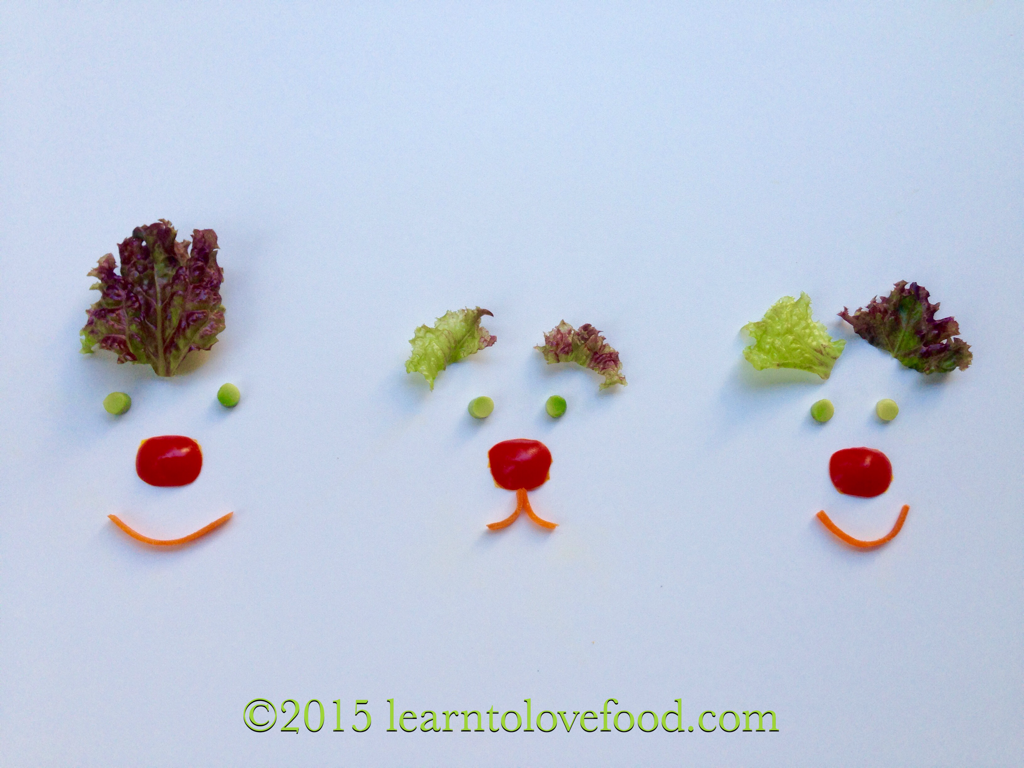3 Ways To Practice Positivity At The Table
 Kids imitate what we do, what we say and also, in many ways, how we feel. When we're positive they're usually pretty positive, and when we're negative, they pick up on it and start acting the same way. But being positive doesn't just happen. It's not something that some people are and some people aren't. It's a way of thinking we have to cultivate. So,
Kids imitate what we do, what we say and also, in many ways, how we feel. When we're positive they're usually pretty positive, and when we're negative, they pick up on it and start acting the same way. But being positive doesn't just happen. It's not something that some people are and some people aren't. It's a way of thinking we have to cultivate. So,
- At the beginning of a meal (or at the end) have everyone go around and say something they like about a food on the table. This helps teach kids how to talk about food positively and gives them more specific vocabulary related to food. Hearing how others use positive language can help them know how to describe food positively in the future and how to better describe food in general. So they can also get better at telling you why they don't like certain foods.
- Rephrase negative statements into positive statements. For example, if you child says "eww, I don't like carrots," You can say, 'I know, but look what a beautiful orange color they add to my plate.' or 'That's ok, but Peter Rabbit sure loves them, doesn't he?!' By rephrasing negative statements into positive ones we're not trying to disagree with anyone's tastes or say the negative opinion of a food is wrong, we're pointing out that the negative opinion isn't the only one. By showing positive alternatives to a negative statement it takes away some of the power of the negative statement by pointing out that it's not an ultimate truth, just an opinion.
- Make up a positivity game. You could make a jar of popsicle sticks with 'fill-in-the-blank' positive phrases written on them. For example: 'I like____ because _____.' or 'A food on the table I think is beautiful is____ because _____.' If you need some help deciding how to use popsicle sticks to make a game, here are some great ideas from Speech And Language Kids!
However you choose to practice positivity this week, I hope you have fun! Happy food play! :)
